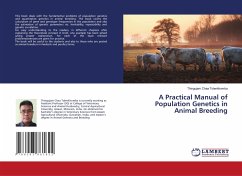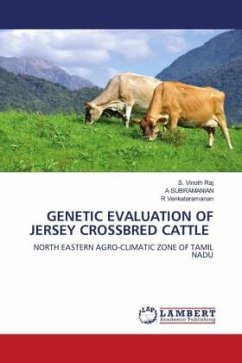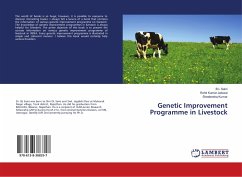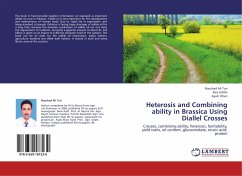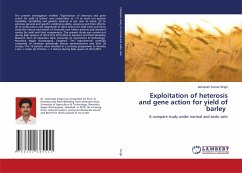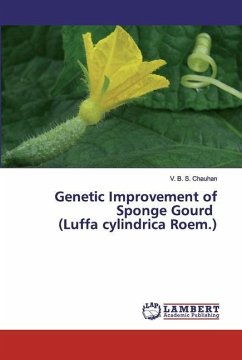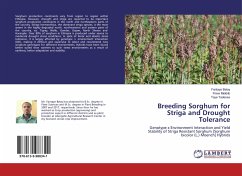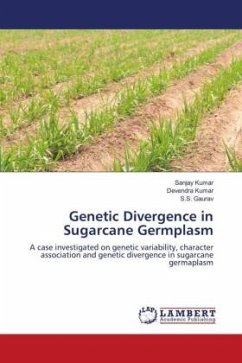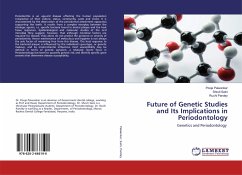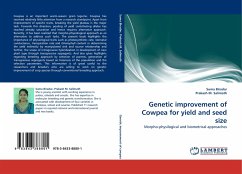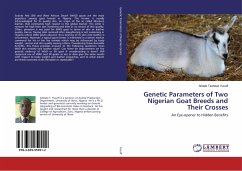
Genetic Parameters of Two Nigerian Goat Breeds and Their Crosses
An Eye-opener to Hidden Benefits
Versandkostenfrei!
Versandfertig in 6-10 Tagen
46,99 €
inkl. MwSt.

PAYBACK Punkte
23 °P sammeln!
Sokoto Red (SR) and West African Dwarf (WAD) goats are the most populous among goat breeds in Nigeria. The former is usually acknowledged for its quality skin, an origin of the so called Morocco leather, that commands high respect in the global market. The latter is renown for high litter size, hardiness and little or no record of skin quality. Often, premium is not paid for WAD goat in terms of skin or leather quality. Hence, flaying (skin removal) after slaughtering is not customary in regions where WAD goats abound, thus tanning of its skin into leather is uncommon. However, a typical goat ...
Sokoto Red (SR) and West African Dwarf (WAD) goats are the most populous among goat breeds in Nigeria. The former is usually acknowledged for its quality skin, an origin of the so called Morocco leather, that commands high respect in the global market. The latter is renown for high litter size, hardiness and little or no record of skin quality. Often, premium is not paid for WAD goat in terms of skin or leather quality. Hence, flaying (skin removal) after slaughtering is not customary in regions where WAD goats abound, thus tanning of its skin into leather is uncommon. However, a typical goat farmer is interested in a better market command for his or her live animals which may be influenced by body weight, carcass and skin quality among others. Considering these derivable benefits, this thesis provides answers to the following questions: Does WAD skin entirely lack leather value? Can there be improvement on the genetic make-up of WAD or SR goat if crossbreeding is done? Will reciprocal use of WAD and SR goats as sire or dam give the same results with respect to body weight and leather properties, and to what extent are these economic traits heritable or repeatable?



